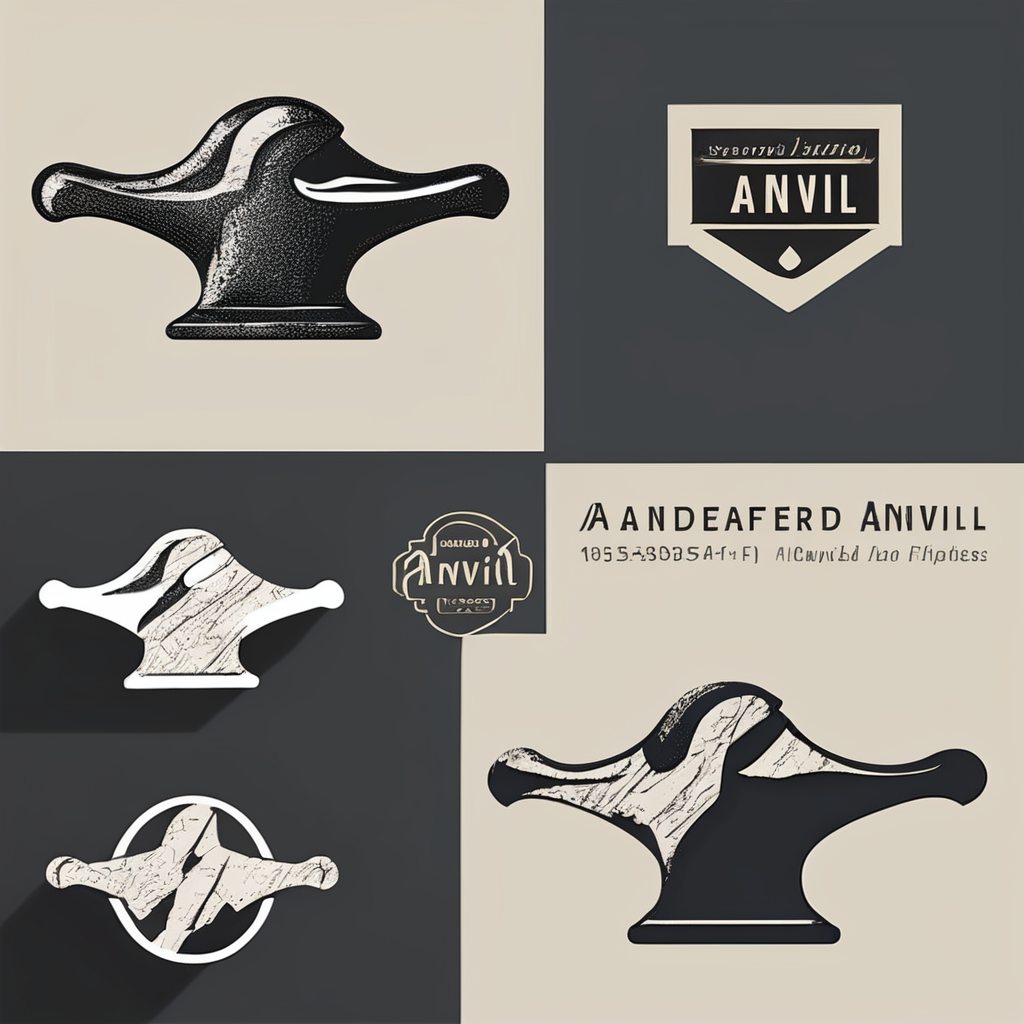Quick Ways to Attract Native Wildlife to Your UK Garden
Understanding how to attract native wildlife quickly transforms a regular outdoor space into a lively, biodiverse habitat. Start by choosing native UK plants such as hawthorn, dogwood, and wildflowers. These plants provide immediate food and shelter, appealing to local insects, birds, and mammals accustomed to the native flora. Incorporating a water feature like a small pond or birdbath instantly invites amphibians, dragonflies, and other species reliant on water sources.
Creating shelter is equally vital. Log piles encourage insects and hedgehogs, while bug hotels supply nesting sites that attract beneficial insects like ladybirds and solitary bees. Dense hedges form safe havens for nesting birds and small mammals, supporting the garden’s ecosystem year-round.
This might interest you : What Are the Latest Innovations in Home and Garden Design?
This approach to wildlife-friendly gardening not only increases biodiversity but also promotes a thriving, balanced environment. By combining native plants with essential resources such as water and shelter, gardeners can enjoy the immediate presence of UK wildlife, enhancing both the health of their garden and personal connection to nature.
Creating Diverse Habitats for Local Species
Building diverse habitats is essential for supporting native species and enhancing garden biodiversity. By designing your UK wildlife garden with varied features, you welcome a broad range of creatures throughout the year. Bird feeders and nesting boxes provide food and shelter for birds and small mammals, addressing their specific needs during breeding and migration seasons. For instance, placing seed feeders attracts finches and tits, while hollowed bird boxes encourage robins and blue tits to nest.
In the same genre : Expert garden designers in kent for your perfect oasis
Creating insect-friendly zones enriches your garden further. Bug hotels offer shelter for solitary bees and ladybirds, while wildflower patches supply essential nectar. These areas promote pollination, boosting the health of plants and overall biodiversity. Additionally, designing shaded and sunny spots caters to different species’ preferences. Butterflies and bumblebees, for example, thrive in warm, sunny patches, while amphibians and shade-tolerant insects prefer cooler, moist areas.
By consciously creating habitats that address the specific needs of local wildlife, your garden becomes a thriving haven where multiple species coexist, supporting the natural ecosystem and increasing biodiversity.
Quick Ways to Attract Native Wildlife to Your UK Garden
Attracting native wildlife quickly starts with planting native UK plants known to support local ecosystems immediately. Species like hawthorn, blackthorn, and wild cranberry provide food and shelter essential for insects, birds, and small mammals. These plants form the foundation of effective wildlife-friendly gardening, offering nectar, seeds, and berries that native animals depend on.
Integrating water sources is another essential tactic. A small pond or birdbath invites a variety of species, from amphibians like frogs to insects such as dragonflies, creating a dynamic water-based habitat. These water features improve biodiversity by sustaining species that might otherwise pass through your garden.
Providing shelter is equally important. Log piles serve as refuge for hedgehogs and beetles; bug hotels offer nesting spaces for beneficial insects like solitary bees, which support pollination. Dense hedges create safe routes and nesting spots for birds, reinforcing a thriving UK garden ecosystem. Combining native plants, water, and shelter fosters rapid growth in garden biodiversity, transforming spaces into welcoming homes for native wildlife.
Quick Ways to Attract Native Wildlife to Your UK Garden
Choosing native UK plants is the most effective first step to attract native wildlife rapidly. Plants like hawthorn, dogwood, and wildflowers provide essential food sources such as nectar, seeds, and berries, directly supporting insects, birds, and small mammals. These native species have evolved alongside local wildlife, making them highly compatible and beneficial for wildlife-friendly gardening.
In addition to plants, integrating water sources like ponds or birdbaths greatly increases garden biodiversity. Ponds attract amphibians, dragonflies, and other water-dependent creatures, while birdbaths offer hydration for a variety of native species. These features create a dynamic ecosystem within your UK garden, encouraging diverse visits from wildlife.
Providing effective shelter is equally crucial. Log piles shelter hedgehogs and beetles, while bug hotels serve as nesting sites for solitary bees and ladybirds that aid pollination. Dense hedges offer covered routes and nesting areas for birds, reinforcing garden biodiversity. Combining native plants, water, and varied shelter creates an inviting habitat, allowing your garden to flourish with native wildlife quickly and sustainably.
Quick Ways to Attract Native Wildlife to Your UK Garden
To attract native wildlife swiftly, focus on combining three key elements: native plants, water, and shelter. Selecting native UK plants like hawthorn, dogwood, and wildflowers provides food sources such as nectar, berries, and seeds that support insects, birds, and small mammals immediately. These plants form the backbone of effective wildlife-friendly gardening, ensuring your garden offers familiar habitats.
Adding water sources significantly enhances your garden’s biodiversity. Small ponds or birdbaths attract amphibians, dragonflies, and birds, offering hydration and breeding grounds unavailable from other features. Water bodies introduce dynamic aspects to a UK garden, encouraging diverse species to visit and stay.
Providing suitable shelter is essential for sustaining wildlife populations. Log piles create refuge for hedgehogs and beetles; bug hotels cater to solitary bees and ladybirds critical for pollination, while dense hedges offer nesting and safe passage for birds. Together, these elements foster a rapid increase in garden biodiversity and establish a welcoming home for native species.
Quick Ways to Attract Native Wildlife to Your UK Garden
To attract native wildlife quickly, start by selecting native UK plants that provide immediate food and shelter. Plants like hawthorn, blackthorn, and wildflowers are proven to support insects, birds, and small mammals effectively. These plants offer nectar, berries, and seeds, forming the foundation of your garden’s biodiversity and encouraging wildlife to settle quickly.
Adding water sources such as ponds or birdbaths is essential. A well-placed pond attracts amphibians, dragonflies, and other water-dependent species. Water not only supports hydration but also creates breeding grounds that significantly boost your UK garden’s ecosystem variety.
Providing diverse shelter options further supports wildlife populations. Log piles shelter hedgehogs and beetles, while bug hotels encourage solitary bees and ladybirds—important pollinators in wildlife-friendly gardening. Dense hedges serve as safe corridors and nesting sites for birds, reinforcing a welcoming habitat.
Combining these elements—native plants, water, and shelter—fosters a rapid increase in garden biodiversity. This approach transforms your garden into a thriving sanctuary that sustains a range of native species, enriching the local environment.
Quick Ways to Attract Native Wildlife to Your UK Garden
To attract native wildlife swiftly, focusing on three essential components is crucial: native plants, water, and shelter. Selecting native UK plants like hawthorn, blackthorn, and wildflowers provides immediate food sources such as nectar, berries, and seeds, which are vital for supporting insects, birds, and small mammals. These plants form the foundation of successful wildlife-friendly gardening, ensuring your UK garden closely mimics natural habitats and attracts native species efficiently.
Incorporating water sources, such as a small pond or birdbath, significantly enhances garden biodiversity. Ponds attract amphibians like frogs and insects such as dragonflies, while birdbaths provide hydration for a variety of native wildlife. These water features create dynamic microhabitats that encourage more species to visit and settle.
Providing shelter is equally important. Log piles offer refuge for hedgehogs and beetles; bug hotels attract solitary bees and ladybirds critical for pollination. Dense hedges serve as nesting and safe passage areas for birds. Combining these elements fosters rapid increases in biodiversity and establishes your garden as a thriving haven for native wildlife.










